Nikon D80 Review
Review Date: November 13th 2006
Author: Michael Roscoe
Leave a Comment about this Review
|
Image Quality
The sample test images in this review were captured on the JPEG Fine setting with the large (3872x2592/10M) image size option, producing a file that is between 3-5Mb.
Noise
The Nikon D80 has a whopping 16 ISO settings that can be adjusted in the manual and semi-manual modes via the menu system, or by using the shortcut button on the back of the body. Here are some 100% crops that show the noise levels for each ISO setting:
ISO 100 (100% crop) |
ISO 125 (100% crop) |
 |
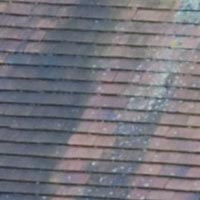 |
ISO 160 (100% crop) |
ISO 200 (100% crop) |
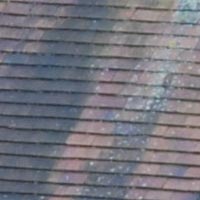 |
 |
ISO 250 (100% crop) |
ISO 320 (100% crop) |
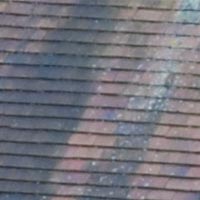 |
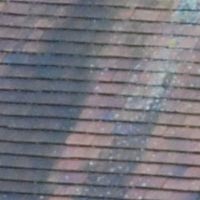 |
ISO 400 (100% crop) |
ISO 500 (100% crop) |
 |
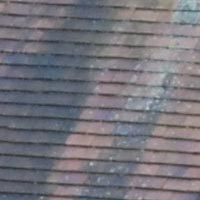 |
ISO 640 (100% crop) |
ISO 800 (100% crop) |
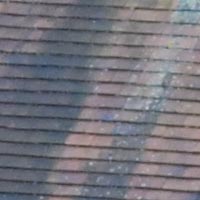 |
 |
ISO 1000 (100% crop) |
ISO 1250 (100% crop) |
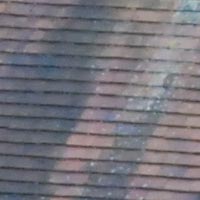 |
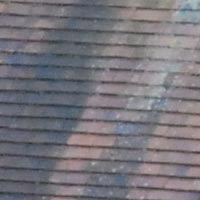 |
ISO 1600 (100% crop) |
H0.3 (100% crop) |
 |
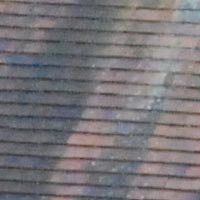 |
H0.7 (100% crop) |
H1 (100% crop) |
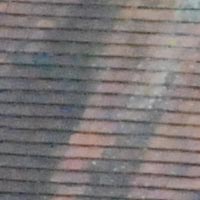 |
 |
At its lowest settings it produces noise free captures and even up to ISOs under 1000, electronic interference is still incredible minor. It is only at the highest H1 (3200) setting that there are obvious signs of noise and overall performance is first class.
Sharpening
Here are two 100% crops which have been Saved as Web - Quality 50 in Photoshop. The right-hand image has had some sharpening applied in Photoshop. The out-of-the camera images are a little soft at the default sharpening setting of Normal and benefit from some further sharpening in a program like Adobe Photoshop. Alternatively you can change the in-camera sharpening level to suit your taste.
Original
(100% crop) |
Sharpened (100% crop) |
 |
 |
 |
 |
RAW Format
The Nikon D80 enables users to capture RAW and JPEG format files. It is important to remember that, unlike all the other DSLR manufactures, Nikon charge extra for their software solutions like Capture NX if users want to covert their NEF RAW files. NEF files are recognised by third party software packages like Capture One Pro and Adobe Photoshop CS2, but this is also a pricey investment. Unfortunately, at the time of this review even Nikon Capture NX couldn't read the D80 RAW file.
| JPG
(3.96Mb) |
RAW
(8.36Mb) |
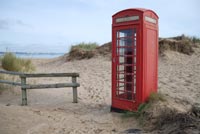 |
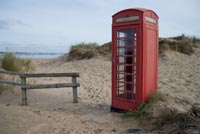 |
| JPG (3.06Mb) |
RAW (7.58Mb) |
 |
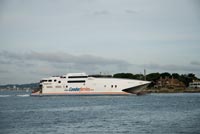 |
Chromatic Aberrations
The Nikon D80 shows little evidence of chromatic aberrations or purple fringing even in high-contrast illumination.
| Example
1 (100% crop) |
Example
2 (100% crop) |
 |
 |
Macro
The beauty of all DSLRs is that users have the ability to use swap lenses for different subject matter. However, this does come at a price, a Nikon macro lens can cost upwards of �500. Users on a smaller budget will have to make do with their standard lens to capture close-up subject matter. The AF-S Nikkor 18-70mm 1:3.5-4.5G ED DX lens enables photographers to focus on a subject that is 38cms away, which is hardly macro, or even close up. The first image shows how close you can get to the subject (in this case a compact flash card). The second image is a 100% crop. There is also an example of a shot captured with a specific macro lens - the Nikkor 105mm VR lens.
| Macro Shot - Nikkor 18-70mm Lens |
Macro Shot - Nikkor 18-70mm Lens (100% crop) |
 |
 |
Macro Shot -
Nikkor 105mm VR Lens |
Macro Shot -
Nikkor 105mm VR Lens (100% crop) |
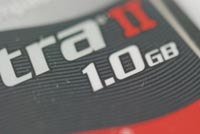 |
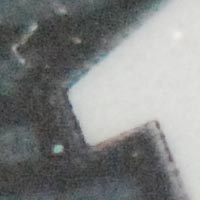 |
Flash
The pop-up flash on the D80 has several settings including Auto, Fill-in flash, Red-eye Reduction, Red-eye Reduction with Slow Sync, SlowSync, Rear-curtain Sync and Off. These shots of a white wall were taken at a distance of 1.5m using different focal lengths.
| Flash On - 46mm |
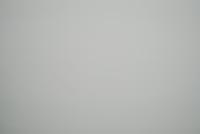 |
| Flash On - 75mm |
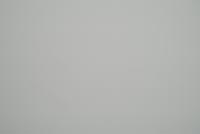 |
| Flash On - 105mm |
 |
And here are some portrait shots. As you can see, none of the flash options caused any red-eye.
| Flash Off |
Flash Off (100% Crop) |
 |
 |
| Flash On |
Flash On (100% Crop) |
 |
 |
| Flash - Red-Eye Reduction |
Flash - Red-Eye Reduction (100% Crop) |
 |
 |
| Flash - Red-Eye Reduction + Slow-Sync |
Flash - Red-Eye Reduction + Slow-Sync (100% Crop) |
 |
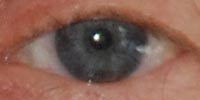 |
Night Shot
The Nikon D80's maximum shutter speed is 30 seconds in the Manual exposure mode and there's also a Bulb mode, which is great news if you're seriously interested in night photography. The shot below was taken using a shutter speed of 1/25th second, aperture of f/4.5 at ISO 1600. I've included a 100% Crop of the image to show what the quality is like.
| Night Shot |
Night Shot (100% Crop) |
 |
 |
Overall Image Quality
The primary concern of any photographer should be the quality of the final image. The Nikon sports a large 10.2MP CCD DX format sensor (3,872 x 2,592 pixels) that won�t disappoint even the most passionate quality fanatics. Capturing images as high-resolution jpeg at 300ppi means that they can be printed out at 32.78x21.95cm and it stretched to A3 size without any noticeable image degradation. Once images are printed at A3, a close inspection reveals that there is superb definition, colour depth and saturation in the Nikon image file. It dealt impressively with chromatic aberrations and it was almost impossible to spot any evidence of purple fringing, even in high-contrast lighting. The D80 has an ISO spectrum from 100-1600 and offers an H function that enables the ISO to be boosted to 3200. At its lowest settings it produces noise free captures and even up to ISOs under 1000, electronic interference is still incredible minor. It is only at the highest 3200 setting that there are obvious signs of noise and overall performance is first class. The extra burst of light that the pop-up flash provides is more than adequate. There is no red-eye in any portrait images and it exposes images accurately when used in both the manual and the auto picture modes.
|
![]() PhotographyBLOG
is a member of the DIWA
organisation. Our test results for the Nikon D80 have been
submitted to DIWA
for comparison with test results for different samples of
the same camera model supplied by other DIWA
member sites.
PhotographyBLOG
is a member of the DIWA
organisation. Our test results for the Nikon D80 have been
submitted to DIWA
for comparison with test results for different samples of
the same camera model supplied by other DIWA
member sites.
